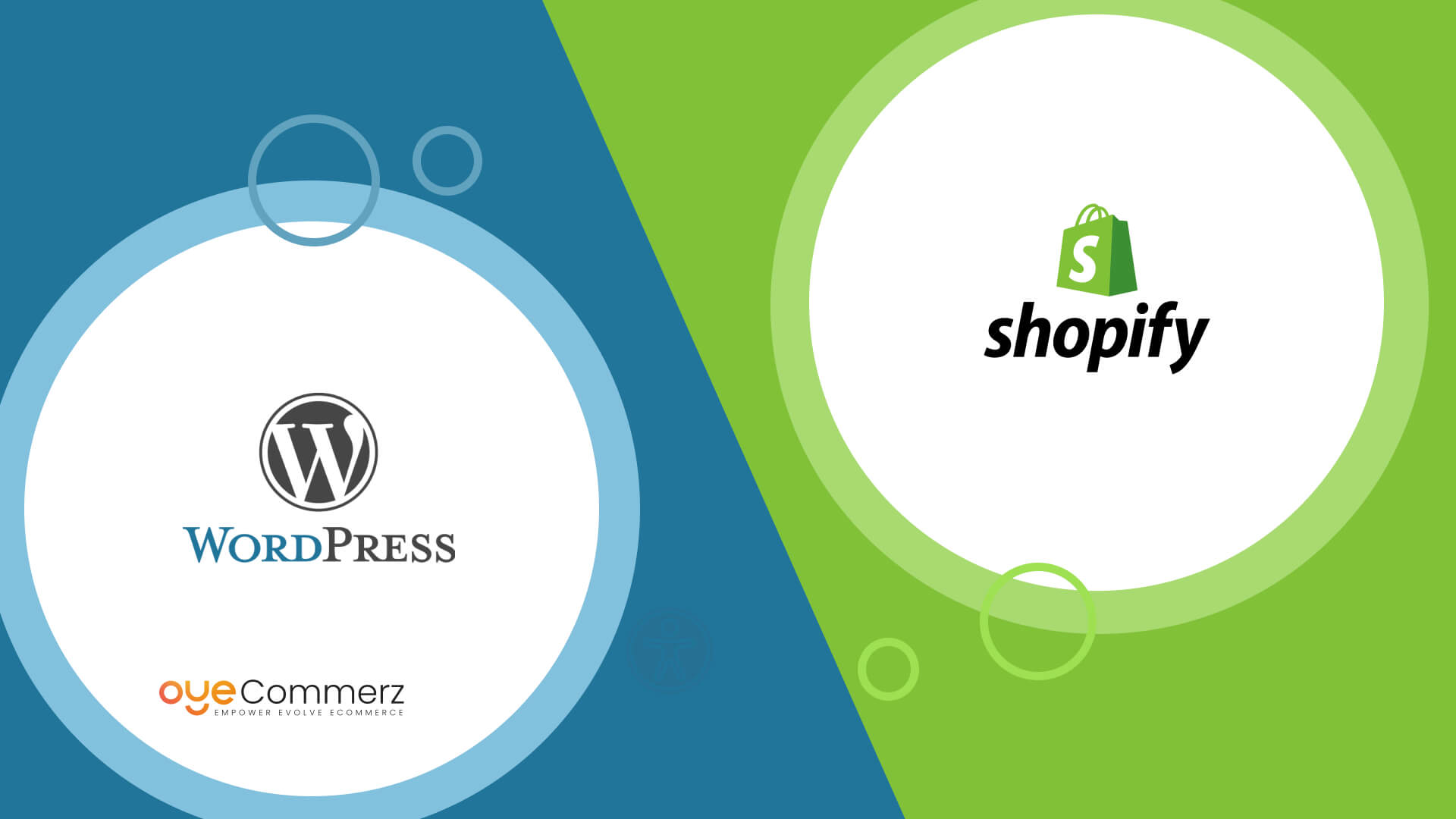Shifting from WP to Shopify marks an promising step toward streamlining your e-commerce processes. As companies expand, choosing a solution that supports scalability, UX, and customization is essential. Shopify is widely recognized as a preferred choice for e-commerce professionals, offering superior flexibility, security, and ease of use. In this guide, we’ll explore why this migration is a game-changer, discuss the benefits, and provide actionable steps to ensure a smooth transition.
1. Top Reasons to Transition from WP to Shopify
WordPress, paired with WooCommerce, has served countless e-commerce platforms. Nevertheless, as businesses scale, issues like plugin dependency, data risks, and technical complexities can hinder progress. Shopify, designed explicitly for digital retail, eliminates these concerns with an comprehensive, user-friendly platform. Real data supports this transition—Shopify powers over 4.4 million websites worldwide, with a reported 10% boost to sales performance for many businesses post-switch.
2. Shopify's Advantages for Thriving Online Stores
Shopify’s robust ecosystem caters for expanding businesses. Its notable benefits include:
- Seamless Customization: Shopify provides over 80 professionally designed themes.
- Built-in Features: Features like Shopify Payments and built-in SEO streamline operations.
- International Expansion: Multi-currency support and regional customization enable businesses to expand internationally.
Additionally, Shopify delivers an availability percentage of 99.98%, ensuring your website remains accessible.
3. Getting Ready for Your WordPress-to-Shopify Transition
Prior to starting the migration process, assess your current store. Review inventory details, client information, and SEO performance. Tools like Shopify’s Migration Kit or external tools can simplify this process. Develop a detailed strategy, ensuring all resources—item details, media files, and articles—are ready for seamless import.
4. Data Migration: A Critical Step
Transferring your data forms the foundation for a smooth platform switch. When migrating from WordPress to Shopify, prioritize:
- Product Information: SKU, item summaries, and groupings.
- Client Information: Emails, purchase records, and preferences.
- SEO Optimization: Preserve meta tags, URLs, and forwarding paths to maintain search rankings.
Leverage apps like LitExtension to facilitate seamless migration while reducing mistakes.
5. Tailoring Your Shopify Store to Fit Your Brand
After the move, personalizing your Shopify store helps it aligns with your business identity. Utilize Shopify’s drag-and-drop editor to design pages effortlessly. Shopify's templates are mobile-responsive, providing a smooth UX across devices—a critical factor, since Shopify migration tools 74% of online shopping is generated by mobile users.
6. Maintaining SEO During Migration
Search engine optimization is crucial for preserving your visibility during migration. Shopify is highly optimized for search engines with clean URL structures, built-in optimization tools, and smooth content management. Ensure:
- Set up URL forwarding for existing links.
- Enhance updated content with keyword-rich content.
- Use Shopify's apps Plug in SEO to track analytics post-migration.
7. Post-Migration Testing
Once the migration is complete, run detailed checks.
Check: - Website speed (Shopify boasts faster speeds in contrast with WP).
- Functionality of payment gateways and checkout processes.
- Adaptability across devices.
Testing guarantees your store provides a seamless shopping journey from the start.
8. Real-Life Success Story
One such migration success story is Gymshark, a fitness apparel brand that moved to Shopify. Post-migration, the company WordPress to Shopify benefits saw a 60% boost in mobile sales and reduced site downtime. This highlights the potential of Shopify in driving online business success.
9. Challenges and Solutions
Migration is not without obstacles, such as data integrity and adjusting tailored features. However, Shopify’s robust support and third-party experts simplify the process. Collaborating with experienced Shopify developers helps guarantee a smooth transition.
10. Starting Your Journey with Shopify
Switching from WP to Shopify represents a strategic decision to e-commerce. By focusing on growth, simplifying management, and enhancing the customer experience, Shopify empowers businesses to thrive in competitive markets.
Conclusion
Transitioning from WordPress to Shopify is a strategic move that can greatly enhance your online business performance. With a robust migration plan, the appropriate resources, and expert support, you can achieve new success milestones.
Ready to make the leap? Reach out today to learn how our Shopify migration services can revolutionize your online store. Contact us now, or ask yourself: Is it time to seize Shopify’s advantages for your store?
